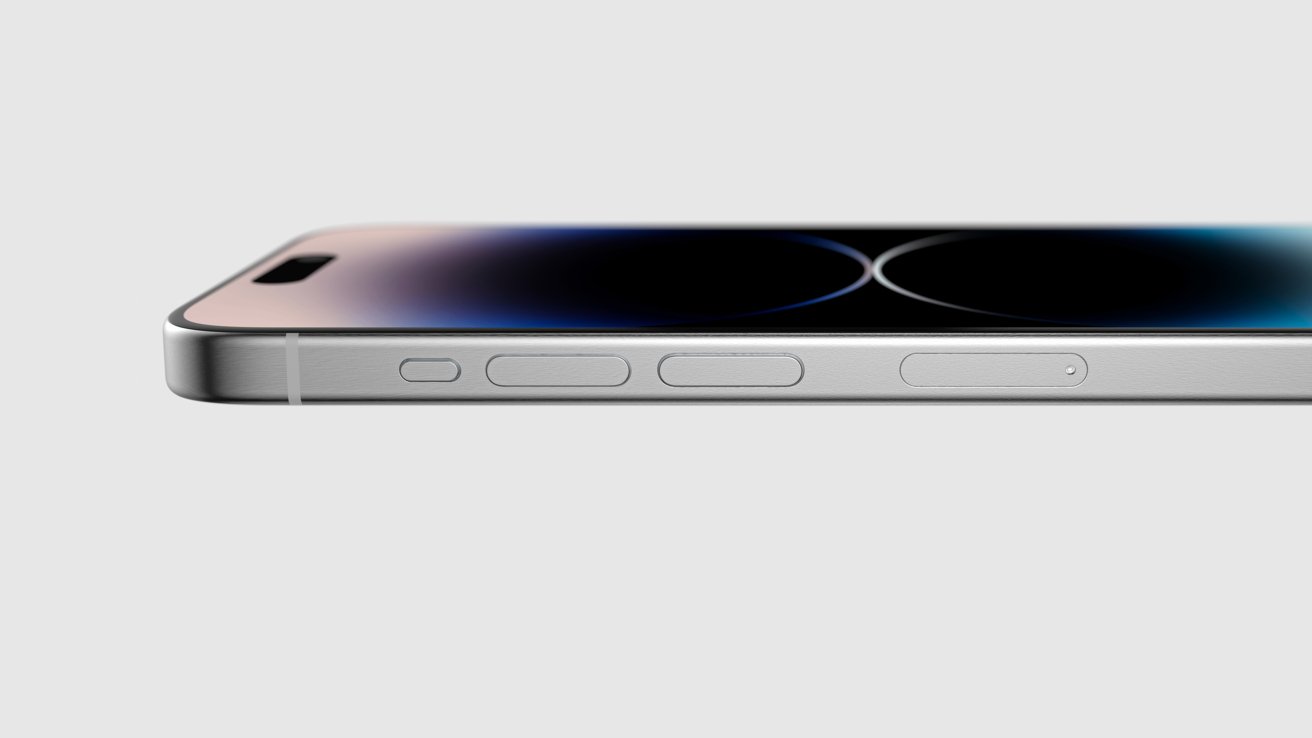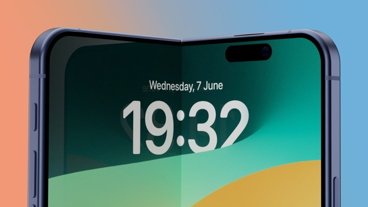A new leak suggests Apple could integrate the physical SIM connector with the USB-C tail plug cable in iPhone 15 rather than a direct logic-board connection — potentially simplifying repair.
Leaks come in all shapes and sizes, and Monday's latest on SIM connectors play a rather minor role in how the iPhone 15 functions. However, such changes could affect general repairability and part sourcing for non-official device repair.
According to a set of leaked images from X user Majin Bu, Apple will integrate the physical SIM tray with the USB-C port tail plug cable instead of the logic board. That means any replacement of the physical SIM or dual SIM tray will require changing out the whole tail plug cable.
This leak doesn't affect iPhone models sold in the United States, since Apple went eSIM only with the iPhone 14 lineup. That trend will continue with the iPhone 15, but devices sold outside of the US will still ship with physical SIM slots.
The first two images appear to show an iPhone 14 Pro Max logic board and detached SIM tray. These could belong to an iPhone 15 Pro Max, but they look identical and could only be part of the post as an example rather than an actual part leak.
The second set of images appear to show the new SIM tray with USB-C port tail plug. This longer connector would run directly to the USB-C controller and interface from there.
New info of the iPhone 15 series C port tail plug. The SIM card slot is integrated in the tail plug cable. Changing the dual card may change the tail plug cable pic.twitter.com/fPTb3wH9Nf
— Majin Bu (@MajinBuOfficial) August 21, 2023
We reached out to some repair experts for comments on this particular leak and its significance. A former leaker known only as Fudge shared some details about the part and what it may mean for repairability.
According to Fudge, the change may not affect official Apple repair jobs since the company doesn't source individual parts that way. Instead, if there is a problem with the USB-C plug or SIM tray, a mid or full system replacement is performed.
Apple could update its part list to include more precise fixes, but that isn't likely.
However, third-party repair facilities and repair enthusiasts may have an easier time just swapping out the individual parts. This also may make it easier for third-party repair shops to convert eSIM devices to pysical SIMs with less complexity.
No encryption found in the chip pic.twitter.com/AXF9gDOcVQ
— Majin Bu (@MajinBuOfficial) August 21, 2023
In a second post made in reply to the first, Majin Bu shows the USB-C controller and says there isn't any encryption found "in the chip." This is a confusing statement and could mean many things.
Perhaps it means maintenance performed on the SIM tray or USB-C tail plug cable won't need an Apple system authorization for certification. Or, it could mean the entire controller doesn't have encryption systems for connected products, meaning there wouldn't be MFI USB-C cables after all.
AppleInsider rates this set of images a possible since it seems the part images are at least original, and it seems possible that Apple would make such a change. However, we still note that Majin Bu tends to repost content discovered on Chinese social media websites and it isn't always clear what is a true leak versus a repost — or just made up content.
 Wesley Hilliard
Wesley Hilliard







-m.jpg)






 Marko Zivkovic
Marko Zivkovic
 Mike Wuerthele
Mike Wuerthele
 Christine McKee
Christine McKee
 Amber Neely
Amber Neely
 Sponsored Content
Sponsored Content


 William Gallagher
William Gallagher








6 Comments
Maybe this means they make one type of iPhone 15, and just inset the sim or esim card to differentiate between the crappy ones we get here in the states, and the regular sim models sold elsewhere ?
Not sure how people with US based iPhone 14 able to use(travelling to) with overseas carrier's still offering only physical SIM. May be iPhone 15 SIM change can help mitigate that situation.
Note, Over 190 overseas carriers use eSIMS per Apple’s website.
Tbh, e sim or physical makes no difference for me these days. The roaming packages i get from my carrier are comparable to the pre paid sims in my destination countries, not to mention the being able to receive calls on my permanent number.